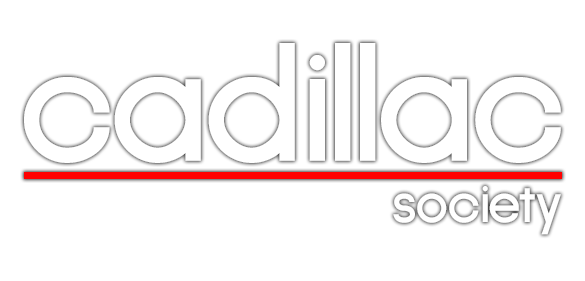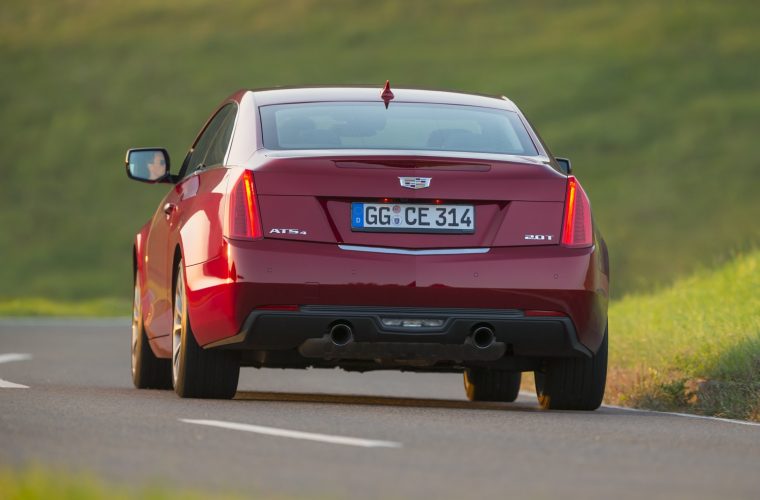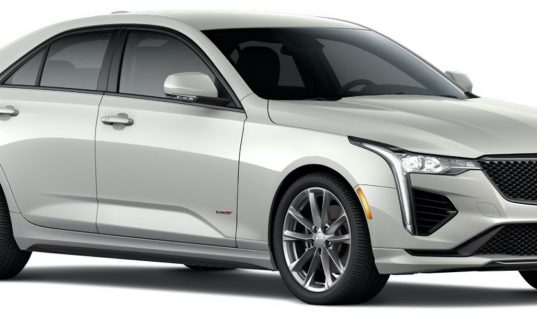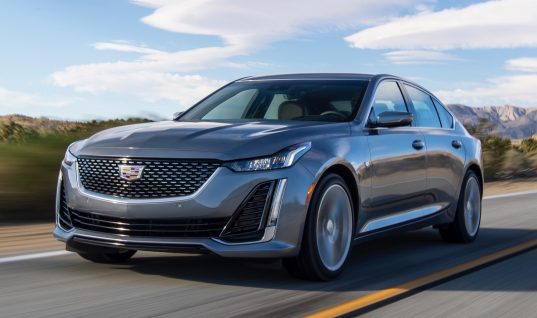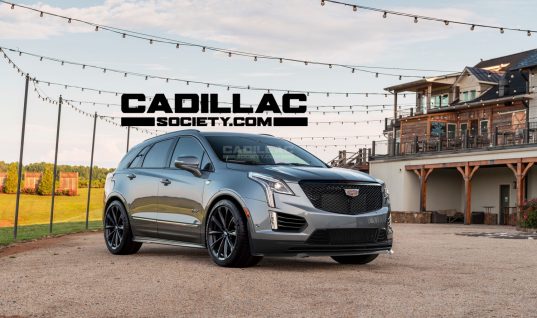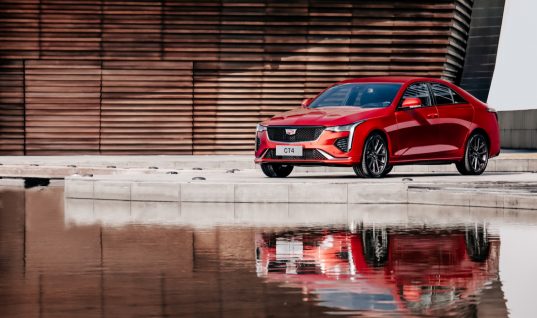Last decade, Cadillac was gearing up to enter several right-hand drive markets, but the global financial crisis swiftly put those plans to rest. Since then, the luxury automaker and its parent company, General Motors, have been assessing whether to hit the restart buttons on those plans, and a new strategy appears to be well underway that could enable the brand to enter new markets.
Any serious plans to succeed in right-hand drive markets would need to include actually putting the steering wheel on the right side of the car, something Cadillac currently does not do across any of its vehicle lines. As such, Cadillac’s strategy involves building its future vehicle portfolio with right-hand drive (RHD) capability. That plan, in turn, seems to be closely linked to the luxury carmaker’s strategy to seriously enter the European market circa the year 2021. By comparison, Cadillac has extremely limited presence in the European market today. Markets ripe for RHD include the U.K. and, by association, Australia.
“Our RHD strategy is very closely interlinked without European strategy, for that I would say that we want to come to Europe with more ambitious intentions for volume growth than we are capable of delivering today,” said Cadillac President Johan de Nysschen. “Once we move into Europe, then we have the opportunity to start addressing right-hand drive. It’s almost inconceivable that you want to come to Europe and be more than a boutique player without considering the UK.”
de Nysschen went on to explain that making right-hand drive vehicles presents opportunities to enter other markets.
“When you go into right-hand drive for the UK, that opens opportunity for RHD markets elsewhere in the world, because you obviously want to generate the economies of scale.”
As such, giving future Cadillac models the ability to support right-hand drive variants is key, as doing so will enable the brand to quickly roll out across markets that require such vehicles.
“So the idea is that we want to synchronize the rollout of right-hand drive versions so that if we do decide to enter a market, such as for example Australia, we would be able to give the dealer network a full showroom, as opposed to entering one car at a time as that’s not a feasible way to establish a network,” added de Nysschen.
But any talk of RHD Cadillacs are secondary to adequate sales volume in North America and China, the brand’s biggest markets by volume.
“We will only be able to expand our footprint in Europe when we are able to bring the right products to this market. That is our major prioritization now, to create the two great volume hubs for Cadillac globally through the US and China. Not discounting the importance of the other markets, but we need to build up the product portfolio. You can’t invest in all the vehicles unless you have the volume, and the quickest way to unlock the volume is through the two biggest markets,” he stated.
With its priorities set on achieving healthy sales volumes in North America and China, serving right-hand drive markets is definitely part of Cadillac’s future.
“We will have about a two-year window early in the next decade where we will be able to synchronize the expansion of our portfolio in a relatively short space of time and embrace more right-hand drive interest. Therefore, it’s not on the immediate time horizon, but very much part of the future game plan.”
